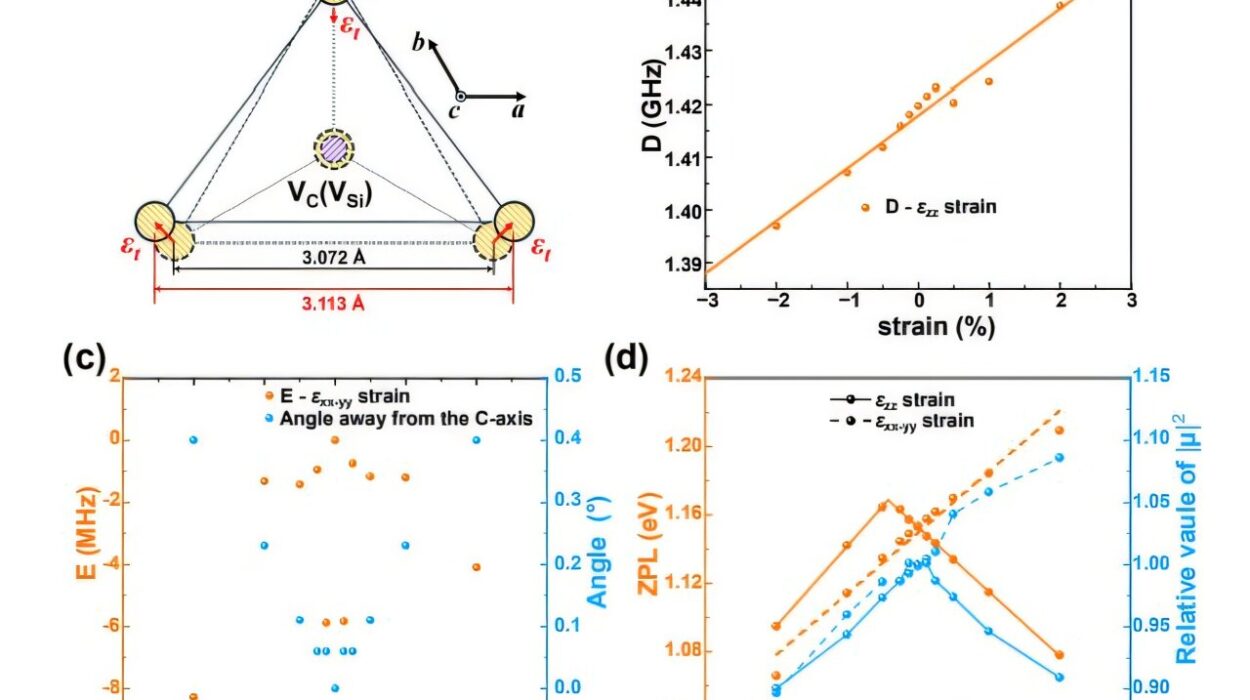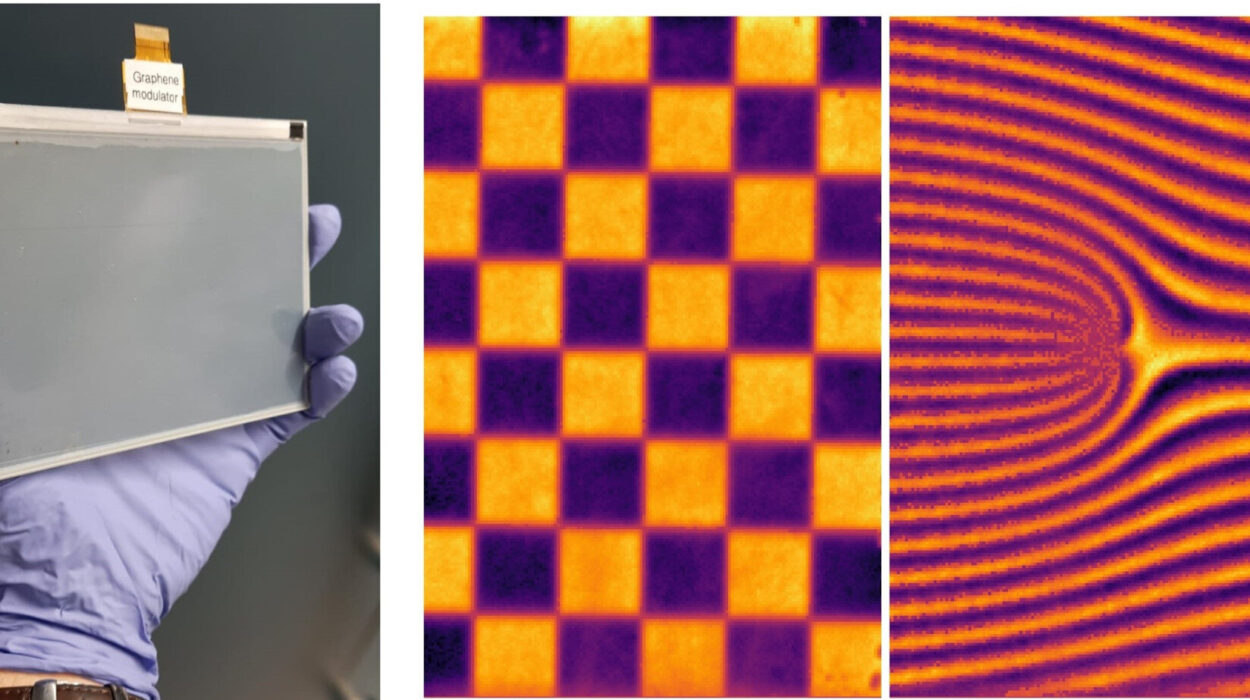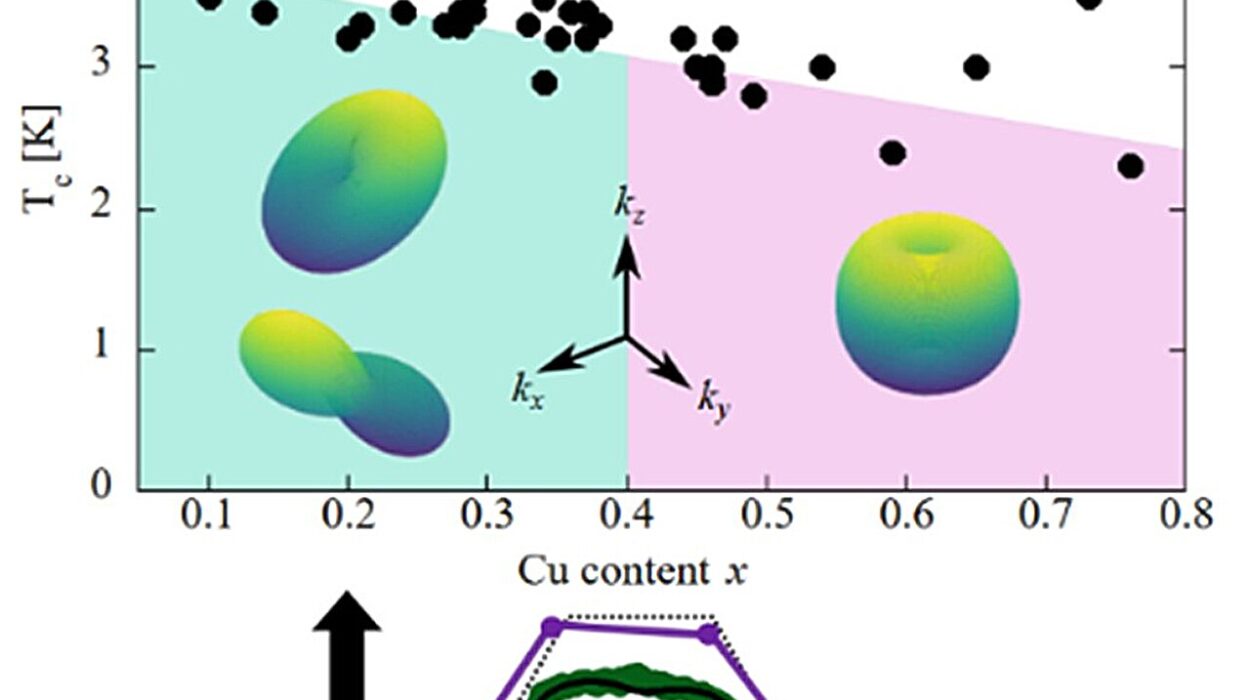Every time you flip on a light switch, charge your phone, or listen to music through headphones, you are engaging with a hidden world of electrical circuits. These circuits are the circulatory systems of our technological civilization, invisible yet vital. But what makes electricity behave in a controlled, predictable way? Why doesn’t every wire burst into sparks? How do engineers design circuits that do everything from keeping a refrigerator cold to running a spaceship?
The answer begins with one deceptively simple equation: Ohm’s Law.
Named after the German physicist Georg Simon Ohm, this law is the bedrock principle that governs how current, voltage, and resistance interact in electrical circuits. It may seem basic, but understanding Ohm’s Law is like grasping gravity in physics or evolution in biology. It’s the key that unlocks the logic of electronics, the first step toward decoding everything from your toaster to the Internet.
In this article, we’ll dive deep into what Ohm’s Law is, why it matters, how it was discovered, and how it forms the very foundation of modern electrical engineering. We’ll explore its mathematical form, practical applications, surprising implications, and its place in the grand story of science and technology.
Who Was Georg Ohm? A Pioneer in the Shadows
Georg Simon Ohm was born on March 16, 1789, in Erlangen, Bavaria (now part of Germany). Unlike some of his more celebrated contemporaries, Ohm lived a relatively obscure life. The son of a locksmith, he grew up in modest circumstances but received a rigorous education, primarily from his father, who had taught himself physics and mathematics.
Ohm began his career as a teacher, instructing students in mathematics at poorly funded schools. But his passion for experimentation drove him to conduct research in his spare time, particularly on the topic of electricity, which was still a mysterious and poorly understood force in the early 19th century.
In 1827, Ohm published a paper titled Die galvanische Kette, mathematisch bearbeitet (The Galvanic Circuit Investigated Mathematically), in which he laid out the relationship between voltage, current, and resistance. His ideas were not immediately accepted. Critics dismissed his work as overly abstract or irrelevant. It wasn’t until years later that the scientific community fully recognized his contribution—and by then, Ohm had already paid the price in professional setbacks.
Despite the rocky start, Georg Ohm’s name would eventually be immortalized—not just in the laws of physics but also in the very unit of electrical resistance: the ohm (Ω).
The Law Itself: Simple, Elegant, Profound
At its heart, Ohm’s Law is the mathematical relationship between three fundamental electrical quantities:
- Voltage (V): The electrical potential difference between two points, often thought of as the “pressure” pushing electrons through a circuit.
- Current (I): The flow of electric charge through a conductor, measured in amperes (amps).
- Resistance (R): The opposition to the flow of current, measured in ohms (Ω).
Ohm’s Law expresses this relationship as:
V = I × R
Or, rearranged as needed:
I = V / R
R = V / I
This elegant equation allows you to solve for any one of the three variables if the other two are known. It is the cornerstone of circuit analysis, design, and diagnosis.
But what does this mean in real life? Imagine water flowing through a pipe. Voltage is the water pressure, current is the amount of water flowing, and resistance is like the size or roughness of the pipe. A thin pipe with lots of friction (high resistance) slows the flow (low current), unless you crank up the pressure (voltage).
Visualizing Electricity: Making the Invisible Visible
Electricity is famously invisible. Unlike water, you can’t see electric current rushing through a wire. But visual analogies help.
Think of a battery as a pump. It provides the voltage, creating potential energy that pushes electrons through the circuit. Wires act like hoses. Components like light bulbs or resistors are like valves or nozzles that use or resist the flow.
Ohm’s Law is the rulebook that tells you what happens when you change the size of the pipe (resistance), turn up the pump (voltage), or measure the speed of the water (current). And like any rulebook, it gives you control. Want more light from an LED? Reduce the resistance. Want to keep your circuit from overheating? Lower the voltage. The options are endless—but always follow Ohm’s Law.
The Role of Resistance: Why Wires Don’t Set Your House on Fire
One of the most important concepts in Ohm’s Law is resistance. At the atomic level, resistance happens because electrons bump into atoms as they move through a conductor. These collisions turn some of the electrical energy into heat.
This is why high-resistance wires get hot and why resistors are used in circuits to limit current flow. It’s also why extension cords can be a fire hazard if you overload them: too much current through a wire with too much resistance leads to heat, and heat can lead to disaster.
Every material has a different resistance. Metals like copper and silver have low resistance and are great conductors. Materials like rubber or plastic have extremely high resistance and are used as insulators. Engineers choose materials carefully to make circuits safe and efficient, all based on the principles of Ohm’s Law.
Beyond the Basics: Real Circuits Are Not Always Ideal
In the perfect world of theory, Ohm’s Law always works cleanly. But real circuits introduce complexities. Some components, like capacitors and inductors, store and release energy in ways that aren’t purely resistive. In these cases, you need more advanced tools—like impedance, which is a kind of “resistance for AC circuits.”
Still, even in these complex situations, Ohm’s Law forms the backbone. It’s often the first approximation, the starting point for deeper analysis. Even in non-linear components like diodes and transistors, understanding how voltage, current, and resistance interact is essential.
And when things break—when your phone won’t charge, or your lamp flickers—Ohm’s Law is the first place a technician will look. Measuring voltage and current, calculating resistance, and pinpointing the failure are all part of the toolkit this simple law makes possible.
How Ohm’s Law Powers Your Everyday Life
The impact of Ohm’s Law is all around you. Your home’s electrical system is designed based on its principles. Circuit breakers are calibrated to interrupt the current if it gets too high—based on the known resistance and maximum safe voltage.
Your phone’s charging circuitry uses Ohm’s Law to manage power delivery, adjusting current to safely and efficiently charge the battery. LED lighting, audio amplifiers, electric vehicles, MRI machines, space probes—if it uses electricity, it obeys Ohm’s Law.
Even software engineers use Ohm’s Law, especially when they work on embedded systems, robotics, or hardware control. Whether you’re a student building your first circuit or a NASA engineer designing systems for Mars, Ohm’s Law is in your toolkit.
Teaching and Learning: Why Ohm’s Law Is the First Step in Electronics
One of the reasons Ohm’s Law is so famous is that it’s often the first electrical equation students learn. Its simplicity makes it approachable. It’s not just a tool—it’s a gateway into a world of engineering and discovery.
Learning to use Ohm’s Law teaches not just math, but systems thinking. You start to see how changing one part of a system affects everything else. You begin to understand the tradeoffs—like how lowering resistance can increase current but might require thicker wires or better cooling.
In classrooms and maker spaces around the world, Ohm’s Law is the first spell in a young wizard’s book of electrical magic. It demystifies circuits. It gives students power—not just to understand, but to create.
The Mathematics of Ohm’s Law: Going Deeper
While V = IR is a simple equation, its implications run deep. For example, in a linear resistor (a component whose resistance doesn’t change with voltage or current), the relationship between V and I is a straight line. This is known as linear behavior. It means doubling the voltage doubles the current, and vice versa.
But real-world resistors have limits. Push too much current through them, and they heat up. Heat can change resistance, sometimes dramatically. That’s why precision electronics often include temperature compensation circuits.
Ohm’s Law also integrates beautifully with other laws, like Kirchhoff’s Laws, which govern the conservation of charge and energy in a circuit. Together, they form a complete toolkit for analyzing complex networks of components.
Analogies in Other Fields: A Universal Principle?
Interestingly, Ohm’s Law isn’t limited to electricity. Similar relationships appear in many areas of science.
In fluid dynamics, you find analogues where pressure is like voltage, flow rate is like current, and pipe resistance behaves just like electrical resistance. In thermal systems, temperature difference drives heat flow through thermal resistance.
This suggests a universal principle: in many physical systems, a potential difference drives a flow through a resistance. Ohm’s Law is just one expression of this deeper truth about how the universe organizes itself.
Innovations Inspired by Ohm’s Law
The applications of Ohm’s Law have spurred countless innovations. Once engineers understood how voltage, current, and resistance interact, they could design reliable circuits. This led to telegraphs, radios, televisions, computers, and the Internet.
Modern innovations like smart grids, electric vehicles, and quantum computers all rely on precise electrical control—made possible by Ohm’s insights. Even renewable energy systems like solar panels and wind turbines must obey Ohm’s Law, as engineers design converters, inverters, and battery systems to handle electrical loads efficiently.
Artificial intelligence hardware, neural interfaces, and even the electronics inside your smartwatch—each one is grounded in Ohm’s Law.
Philosophical Reflections: Order in Chaos
There’s something profoundly satisfying about a law like Ohm’s. In a chaotic world, here is a rule that always applies. No matter the circuit, no matter the century, V = IR. It reminds us that the universe has order—that even the invisible world of electrons has structure.
Ohm’s Law bridges the abstract and the practical, the theoretical and the everyday. It is a law of nature that empowers human creation. It lets us harness lightning, light our homes, and build the digital age. And it all begins with a few simple letters.
Conclusion: The Law That Lit the World
Ohm’s Law may seem simple, even obvious to those who’ve worked with it for years. But its impact is immense. It is the foundation of electrical engineering, the grammar of electricity. Every circuit you see, from a child’s science project to the power grid, obeys it.
It’s more than an equation—it’s a lens through which we see how the universe flows, how energy moves, and how humanity channels the invisible for the visible world. Understanding Ohm’s Law isn’t just for scientists or electricians. It’s for anyone who wants to grasp the logic behind the modern world.
So the next time you plug in your laptop, flick a switch, or see a city skyline glowing at night, remember: it all runs on a law discovered by a quiet German teacher nearly two centuries ago. A law as powerful and elegant as any ever written.





